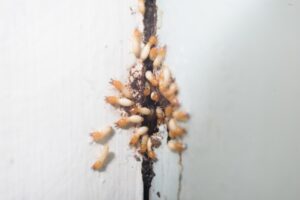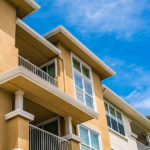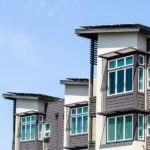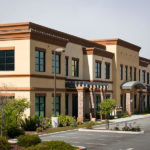Can You Permanently Get Rid of Termites?
Termites pose a significant challenge to homeowners due to their destructive nature and ability to silently cause extensive damage before they’re even detected. The possibility of permanently getting rid of termites is a topic of great interest and concern. This becomes particularly relevant as we discuss the biology and behavior of these pests, which make them powerful opponents in the battle to protect our homes. By understanding the complexity of termite infestations and the strategies for managing them, homeowners can arm themselves with knowledge and take decisive action against these unwelcome intruders.

Why Is It So Difficult To Get Rid Of Termites?
The difficulty in eradicating termites stems from their elusive nature and sophisticated colony structures. Termites thrive in hidden environments, often undetected until significant damage has occurred. Their colonies, which can range from a few thousand to several million individuals, are complex societies with members who are adept at surviving and adapting to various control measures. The resilience of termites, coupled with their ability to reproduce and replenish their numbers rapidly, makes it especially challenging to make sure that every individual is eliminated. Otherwise, their colony can potentially rebound.
How to Address Termite Infestation Colonies
Addressing a termite infestation at the colony level demands a strategic and thorough approach. Professionals in termite control start with an exhaustive inspection of the property to locate the colony and assess the scope of the infestation.
How To Eradicate Drywood Termites
Drywood termites present a unique challenge as they reside within the very structures they consume, making them particularly elusive. Fumigation is a common and effective treatment for widespread drywood termite infestations, enveloping the affected structure in a gas that penetrates every part of the home to reach and exterminate the termites. For localized infestations, direct wood treatments such as injecting termiticides or using heat or cold treatments can target and destroy the termites without requiring whole-structure fumigation.
How To Eradicate Subterranean Termites
Fighting subterranean or underground termites requires a targeted approach due to their underground colonies and their ability to access buildings unseen. Soil treatments involve applying termiticides to the soil surrounding a structure, creating a lethal barrier that prevents termites from reaching the building.
Signs of Termites
Early detection of termites is essential to minimize damage and effectively address an infestation. Homeowners should be looking for these signs:
- The sound of hollow wood when tapped, indicating the consumption of wood from the inside out.
- Paint that appears cracked or bubbled, a potential sign of termite activity beneath the surface.
- The presence of mud tubes on external walls or wooden structures which termites use to travel and retain moisture.
- Frass, which looks like fine sawdust, or droppings which look like sand or pepper indicating active feeding.
- Discarded termite wings near entry points, signifying that swarmers have entered the premises to establish new colonies.
How to Stop Termites in the Future
Preventing termite infestations involves a combination of routine inspections and modifications to make a property less attractive to termites. Effective prevention strategies include:
- Removing wood that comes into direct contact with the soil, eliminating easy access points for termites.
- Storing firewood, lumber, and paper products away from the home’s foundation and out of crawl spaces to reduce termite food sources.
- Making sure that the home’s foundation has proper drainage to avoid moisture accumulation that attracts termites.
- Conducting regular, thorough inspections of the property, particularly during warmer months when termite activity is at its peak to identify and address any signs of termite presence.
- Keeping the areas around doors and window trims well sealed with caulking.
- Immediate correction of any plumbing or roof leaks.
Conclusion
Achieving permanent termite eradication is an ambitious goal given the resilience and adaptability of these pests. However, with a proactive approach that combines professional termite control techniques, monitoring for signs of activity, and preventive measures to deter future infestations, homeowners can effectively manage the threat posed by termites. It’s important to remain vigilant and responsive to the signs of termite activity and to bring in professional help at the earliest indication of infestation. Through a combination of expert intervention and proactive prevention, it’s possible to protect your home from the significant damage termites can cause.
Where to Go for Help
MightyMite Termite Services, based in the Bay Area, specializes in termite and pest control, along with wood repair, for both residential and commercial properties. Distinguished for our thorough inspections and efficient treatments, we offer innovative non-tenting solutions to termite issues, allowing clients to avoid the inconvenience of vacating their premises. Our approach is environmentally conscious with options like naturally derived orange oil. Committed to convenience, quality, and cost-effectiveness, we provide customized treatments with a two-year, 100% guarantee. Our team of licensed experts provides prompt, reliable services, including free estimates and comprehensive wood repair if necessary post-infestation. Serving multiple counties in Northern California, we’re ready to address any termite and pest control needs.
For more information about our services, or to schedule a free estimate, contact us via our website or give us a call at 408-377-3761.







